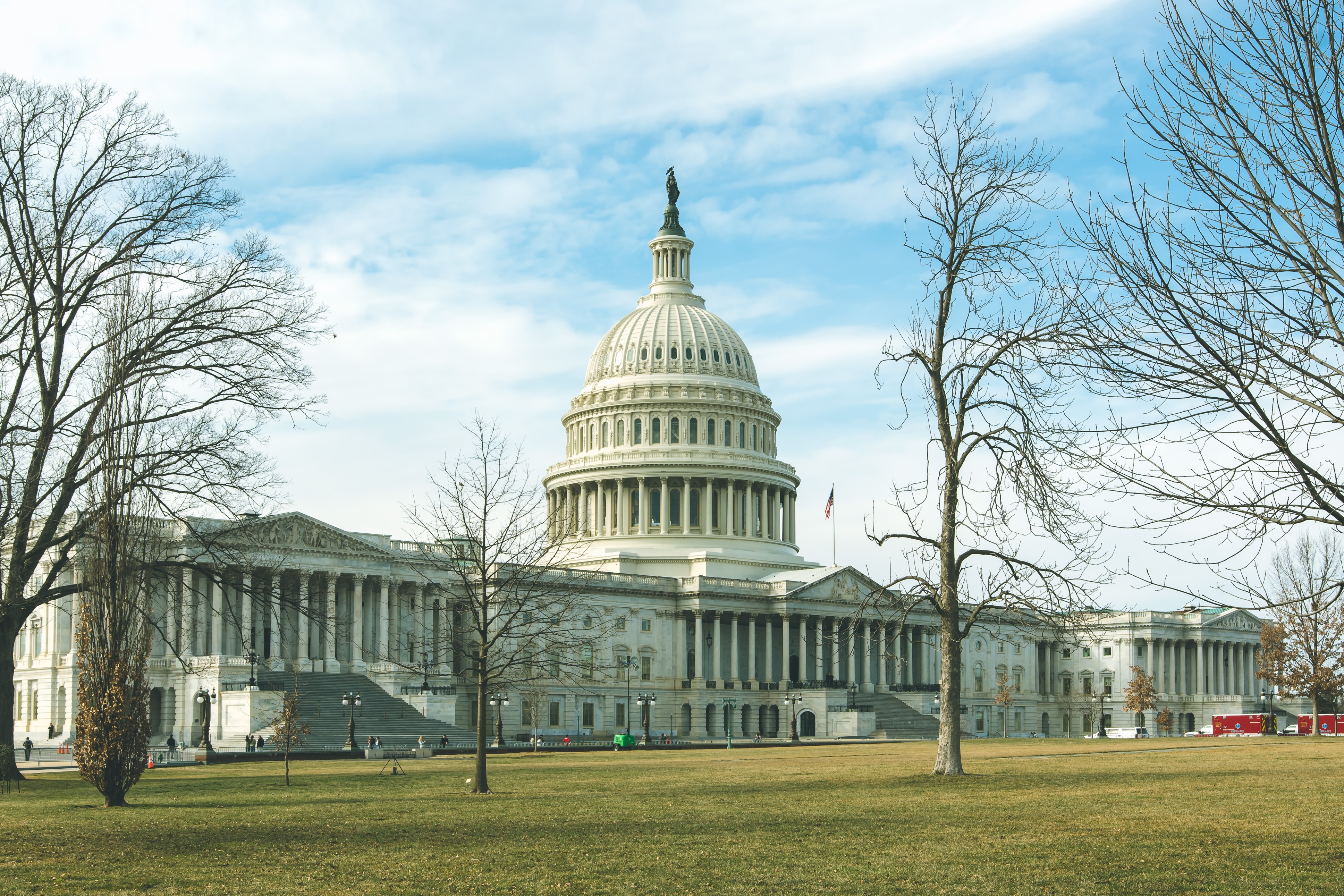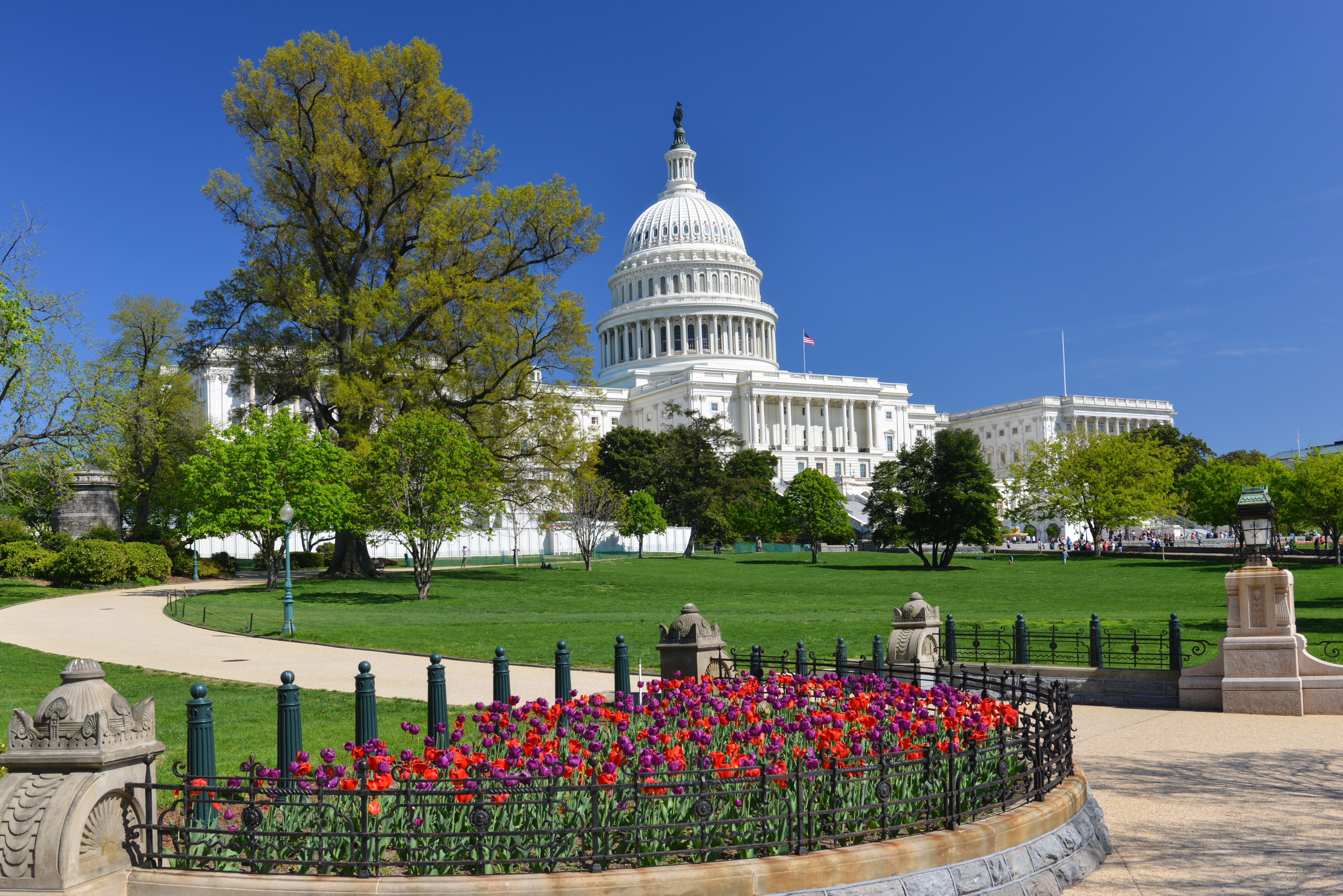On February 7, Rep. Richard Neal (D-MA), ranking member of the House Ways & Means Committee and a chief architect of SECURE and SECURE 2.0, reintroduced his automatic IRA program bill. The bill would impose a penalty tax on employers with more than ten employees that do not have a retirement savings plan in place if they do not set up an automatic enrollment IRA program (or another form of automatic contribution retirement savings plan) for their workers. The bill would not require employer contributions. It would allow employees to opt-out. And it provides a tax credit for small employers to defray the administrative cost of the program.
The auto-IRA bill would:
- Provide a $500 tax credit for each of three years for small employers (those with 100 or fewer workers) that would make it “essentially costless to smaller employers,” said Rep. Neal. These small employers would also be eligible for the current law’s start-up tax credit.
- Provide exceptions to this new rule for employers that already maintain any qualified retirement plan, employers that participate in a state automatic IRA program, employers with ten or fewer employees, and employers that have been in existence for fewer than two full years. Governmental and church plans would also be exempt.
- Require employers to contribute a percentage of the employee’s pay to the employee’s automatic IRA account. Employees could choose to opt out, and also choose the level of contribution they wish to make.
- Employees could choose their own IRA. If they do not, there are default IRA rules.
- Under regulations to be issued by the Treasury Department, the auto-IRA program could be made available to non-employees (e.g., gig workers, self-employed individuals, freelance workers, and independent contractors).
- Set contribution amounts for those employees who do not affirmatively choose an alternative contribution amount.
- For auto IRAs, the default contribution amount is six percent of salary in year one, seven percent in year two, eight percent in year three, nine percent in year four, and ten percent in subsequent years.
- For any other automatic contribution plan, the default contribution level (i.e., the level required in the absence of an employee’s alternative choice) would be six percent (with the option of going as high as ten percent) in the first year and 15 percent thereafter.
- The legislation also includes a requirement that for 401(k) type plans with more than 100 participants, participants with account balances of $200,000 or more must be permitted to receive at least 50 percent of their vested account balance in the form of lifetime income.
The bill also includes rules on the kinds of investments that can be offered in the automatic IRAs (a target date fund would be the default investment). The required investment choices would include a target date fund, a principal preservation fund, a balanced fund, and any others that the Treasury Department may add in the future. The bill also includes rules covering employee withdrawals from their IRAs and administrative rules.
Failure to comply with these rules would trigger a tax of $10/day per employee for each day the employer is not in compliance.
As introduced, the legislation would take effect for plan years beginning after 2026, but the new tax credit would apply for tax years beginning after 2024. The effective dates, though, would likely change if the bill is not enacted this year.
Prospects: Most Washington insiders believe there is little chance for any tax bill other than the House-passed HR7024 this year. This bill (it was first introduced in 2017, although the current version has changes, e.g., allowing employees to choose their own IRA), has historically drawn opposition from lawmakers and private sector interests who are concerned about its mandate. However, the bill also has a coterie of supporters, both among private sector interests (including some in the financial services and retirement savings communities) and among lawmakers. So, while it is highly unlikely this bill will be enacted into law this year, it is probable it will be among the tax/retirement issues seriously considered in 2025 and beyond.
NAIFA Staff Contacts: Diane Boyle – Senior Vice President – Government Relations, at dboyle@naifa.org; or Jayne Fitzgerald – Director – Government Relations, at jfitzgerald@naifa.org.






.png?width=600&height=90&name=Support%20IFAPAC%20%20(600%20%C3%97%2090%20px).png)
